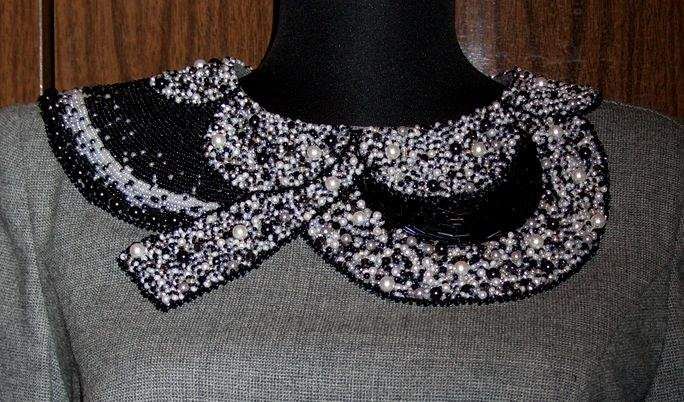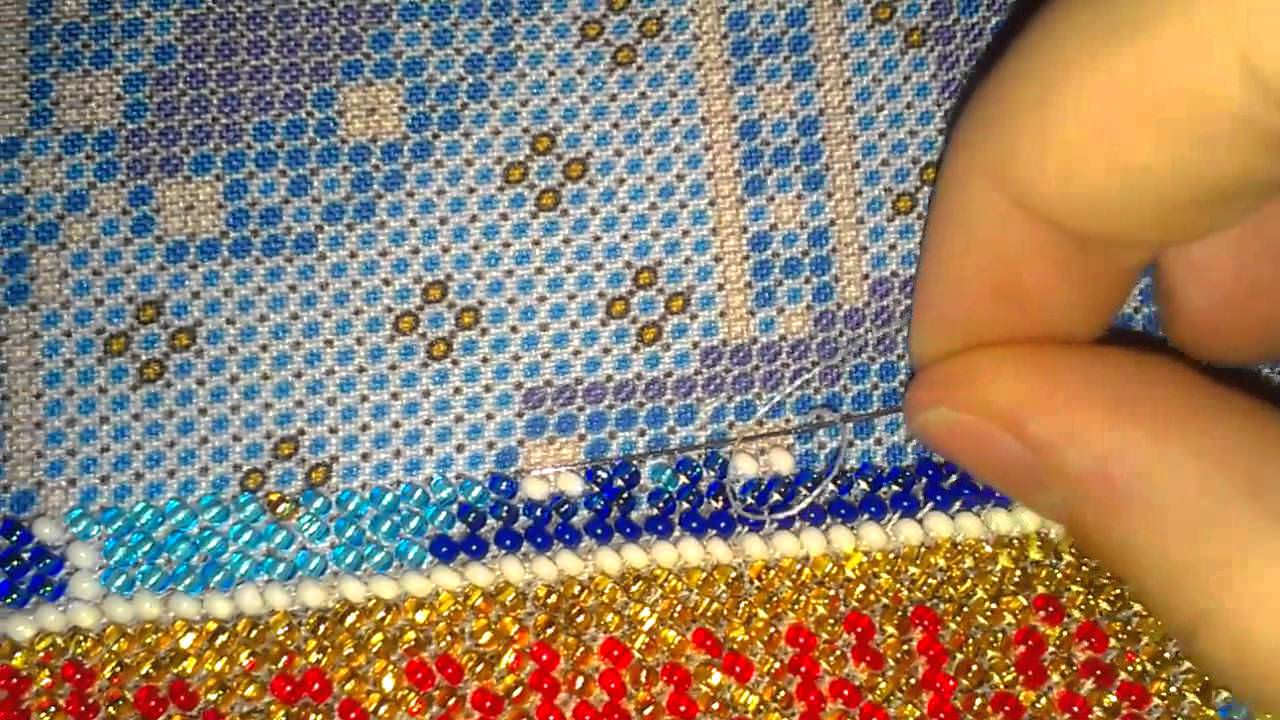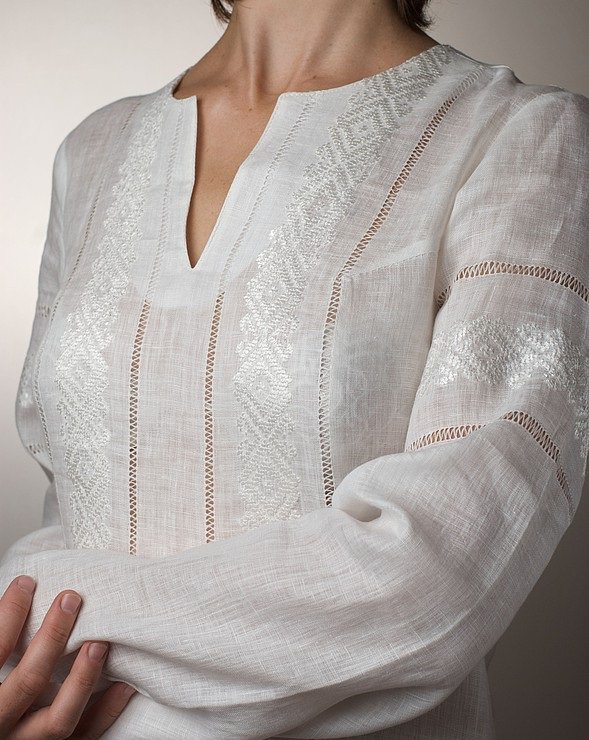
As the bead embroider correctly: video tutorials for beginners
Content
- Training tools for embroidery with beads
- How to fix the thread correctly
- Video: Learning to embroider beads
- Correct technique works
- Video: how to embroider with beads on clothes
Each needlewoman once thinking about how to try
. But as soon as there is a huge amountquestions, and one of them: How bead embroider correctly? Learning this is much easier than embroidery embroidery or cross-stitch. To acquire the necessary knowledge in sewing beads need to study some features of this class.
First we need to choose the scheme to prepare the tools and to organize the process of their work. Patience and endurance you also did not interfere.
Do not immediately take on challenging circuits. Start with light, which uses up to ten colors. Best of all - to buy a ready-made set that properly chosen combination of the size of the canvas to the size of the beads, and has everything you need to work even detailed instructions.
When embroidering beads can be combined with other materials: beads,
or combine them with embroidery cross.





Training tools for embroidery with beads
Before working with the circuit, make sure that you have all the necessary tools and materials:
. If the work takes little beadsspace, it is best to put a cloth under the canvas. After finishing work - gently pull the threads of the canvas. If embroidery is done on the fabric with a nap - enclose the canvas inside out. There needs to be done and the stitches so that the beads remain on the front side of the fabric;

Needles - also not unimportant attribute in embroiderybeads. Not every needle can work with beads, because most of them just do not take place in its narrow opening. Make sure that you had a special needle for beads - which ear barely expanding. She has the ability to break down. Therefore, they need to work particularly delicately. There are needles in their numbers. Each room is a particular size of bead. Buy necessarily spare needle in case you suddenly break working;
. Their use helps to avoid unnecessarytissue deformation if you accidentally drag the thread to work was perfect. Keep in mind that the hoop size must exactly match the size of the embroidery so as not to have to move them;
How to fix the thread correctly

A good final appearance of the finished workIt depends on some seemingly small things. To secure the thread at the beginning of the work and its completion, try not to make a huge knot. As embroidery face and seamy side, should be the ideal. Learn how to fix the thread on the front side, where it will be hidden pearls or beads.
Fasten the thread can be different:
- make a few cross stitches;
- make one stitch that you want to poke a needle and thread to stitch work.
If you are using monofilament - work with itIt is a bit more complicated. Plus, this thread is that it tends to drag on is not damaged, which is very good when you are finished, you need to fix the canvas (canvas in some places can pull off). To secure thread, double knot at the end, which will not allow the thread to pass through the warp. The first few beads sew twice. And also received with the last few beads. On the underside of the tip of the thread in the usual secure knot and hide it. It will be imperceptible, because the monofilament is very thin and transparent. And the face, and the reverse side will look perfect.
Video: Learning to embroider beads
Correct technique works

Monastic shovPri beadwork necessaryfollow technology. Get started from the top, and do bead rows of beads. Reaching the end of the series, to be done in the opposite direction. Starting from the top job more convenient in that the thread will not cling to the already finished beads. But if you would prefer to start from the bottom and moving up - then do as you see fit.
In the diagram, the number of cells equal to the numberbeads in a row. To correctly calculate the required length of thread - measure out the length is five times greater than the width of the future picture. In order not to confuse the thread, measure for the length of not more elbow. After it is already possible to increase the size.
Here are some tips for embroidery with beads:

Before you begin, if you're goingbead embroider on clothes, test it: rub a few beads between his fingers a few minutes - it does not lose color. No proof is better to use, for example, in the paintings that will be subjected to constant wear;
As you can see, nothing complicated beadwork not. Follow these simple rules and all the necessary work.




